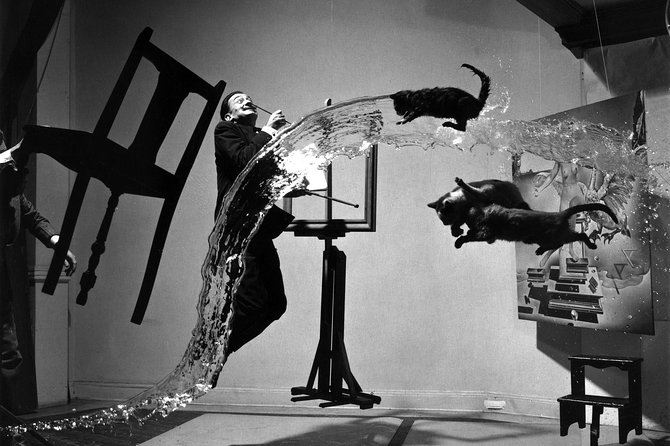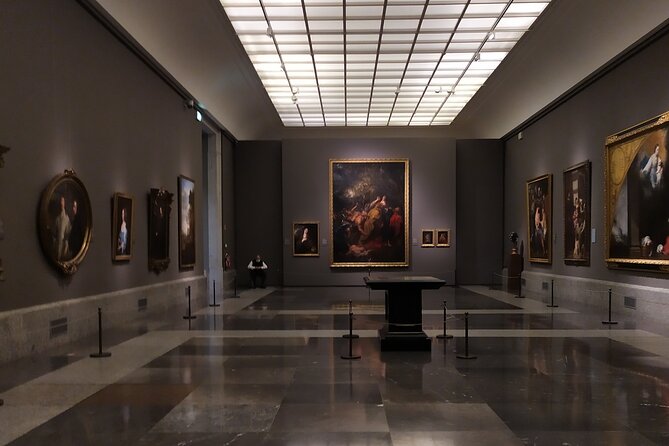Museum Van Loon, housed in one of the many elegant canal houses of the Dutch Golden Age, offers visitors a glimpse into the opulent lifestyle of Amsterdam’s wealthy residents during the 17th century. Originally built in the 1600s, the house was once the residence of artist Ferdinand Bol, a student of Rembrandt, before becoming the home of the Van Loon family, descendants of VOC co-founder Willem van Loon, in 1884.
Amsterdam’s Canal District and the Van Loon House
Amsterdam’s grachtengordel, or canal district, is renowned for its rows of canal houses, which stand as symbols of the immense wealth accumulated by the city’s bankers, financiers, merchants, traders, and artisans. The Van Loon house is one of the grandest properties in the area, often referred to as a stadspaleis, or city palace.
The Structure of a City Palace
Unlike the typical canal houses, which were built ‘back-to-back’ and occupied a single, short, and narrow plot of land, the stadspaleis was larger and more impressive. These city palaces were constructed on a long, double strip of land, consisting of four separate plots. This unique layout allowed the owners to build a doublewide main residence at the front and a doublewide coach house, or carriage house, at the back, each with its own facade.
The Van Loon House Layout
In the case of Museum Van Loon, the doublewide main house faces Keizersgracht, while the doublewide carriage house, known as the koetshuis in Dutch, faces Kerkstraat. Between these two buildings lies a lush garden, providing a tranquil oasis in the heart of the city.
Exploring the Opulent Interior
As you step inside the Van Loon house, you’ll be greeted by a grand staircase, marble floors, and ornate stuccoed walls and ceilings. The interior is a testament to the wealth and refined tastes of its former occupants.
The Drawing Rooms
The Blue Drawing Room and the Red Drawing Room are two of the most striking spaces within the house. These elegantly decorated rooms showcase the lavish furnishings and accessories from various eras, providing a glimpse into the lifestyle of Amsterdam’s elite.
The Master Bedroom and Dining Room
The Red Master Bedroom and the dining room are equally impressive, with their rich colors and exquisite decor. As you explore these rooms, take note of the numerous paintings on display, including family portraits dating back to the 16th century.
The Kitchen
No visit to Museum Van Loon is complete without a peek into the kitchen. This functional space offers a contrast to the opulent rooms of the main house, revealing the behind-the-scenes work that went into maintaining such a grand residence.
Temporary Exhibitions in the Coach House
Along With the permanent displays, Museum Van Loon hosts temporary art and cultural exhibits in the coach house. During our visit, we had the opportunity to view an exhibit showcasing the drawings and designs of architect Adriaan Dortsman (1635-1682), known for his austere Dutch Classicist style. Dortsman’s work can be seen in other notable Amsterdam buildings, such as the Ronde Lutherse Kerk (Round Lutheran Church) on Singel and Huis Six at Herengracht 619, the residence of silk dyer and art collector Jan Six.
Visiting Museum Van Loon
Museum Van Loon is located at Keizersgracht 672, in the heart of Amsterdam’s canal district. Adult admission is €9.00, plus any special exhibit surcharge. However, if you have the iAmsterdam City Card, entry to the museum is FREE.
While we enjoyed our visit to Museum Van Loon, we feel that the €10.00 admission fee (€9 + non-optional special exhibit surcharge) is a bit steep. If you have the iAmsterdam City Card, we highly recommend taking advantage of the free entry and exploring this fascinating museum.
Discovering Amsterdam’s Golden Age
A visit to Museum Van Loon is more than just a tour of a beautiful canal house; it’s an opportunity to learn about the history and culture of Amsterdam’s Golden Age. As you wander through the opulent rooms and admire the stunning art and furnishings, you’ll gain a deeper understanding of the city’s past and the lives of its wealthy residents.
The Dutch Golden Age, which spanned the 17th century, was a period of unprecedented prosperity and cultural growth for the Netherlands. Amsterdam, as a major center of trade and commerce, played a significant role in this era of expansion and wealth. The canal houses that line the city’s waterways, including the Van Loon house, are a testament to the success and influence of Amsterdam’s merchants and traders.
By exploring Museum Van Loon, you’ll discover the stories behind the city’s iconic architecture and gain insight into the daily lives of its most privileged inhabitants. From the grandeur of the drawing rooms to the functionality of the kitchen, each space within the house tells a tale of luxury, power, and the enduring legacy of Amsterdam’s Golden Age.
Beyond the Canal House
Along With the main house, be sure to spend some time in the museum’s lush garden. This tranquil space, situated between the main residence and the coach house, offers a welcome respite from the hustle and bustle of the city. As you stroll along the garden paths, take a moment to appreciate the beauty and serenity of this hidden oasis.
Before concluding your visit, don’t forget to check out the temporary exhibitions in the coach house. These rotating displays showcase a diverse range of art and cultural topics, providing an ever-changing perspective on Amsterdam’s rich heritage.
As you leave Museum Van Loon, take a moment to reflect on the incredible wealth and power that shaped Amsterdam during its Golden Age. The city’s canal houses, with their grand facades and opulent interiors, are a lasting reminder of this remarkable period in Dutch history.
By enjoying the world of Museum Van Loon, you’ll come away with a greater appreciation for Amsterdam’s past and a deeper understanding of the forces that have shaped this fascinating city into the vibrant, multicultural metropolis it is today.





